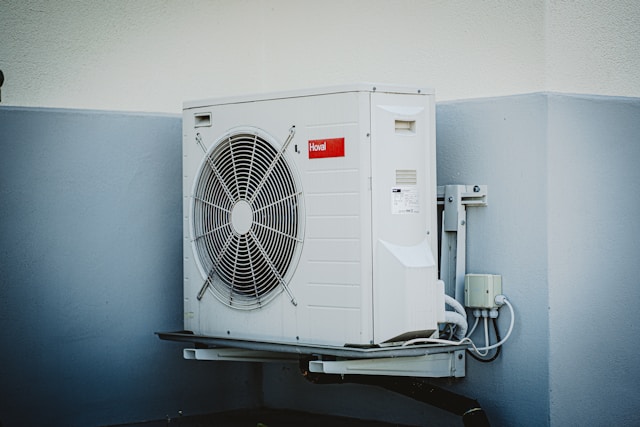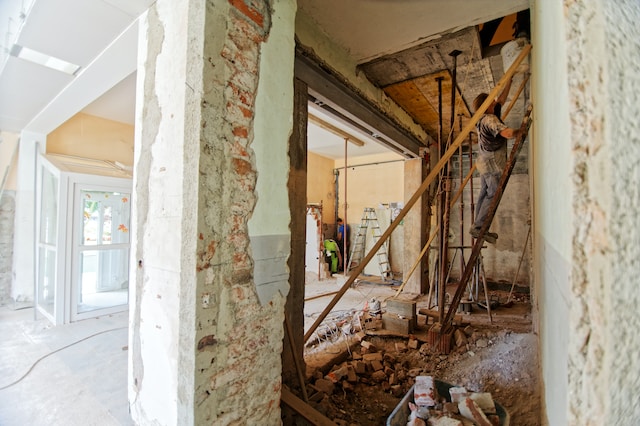As Adelaide heads into another summer of extreme heat, households must utilize high-efficiency air conditioning to safeguard health and budgets. Strategically installing correctly sized, energy-efficient cooling systems will help mitigate the weatherization burdens from intensely hot weather.
Staying proactive by upgrading air conditioning protects the home against intensifying summer heat and reduces energy bills over the long run. Quality climate control proves essential, with temperatures frequently breaching 40C between December and February alongside ample sunshine. Fortunately, excellent windows, split systems, and ducted air conditioning options now suit any space or budget, thanks to recent technological advancements.
This guide explores popular styles appropriate for Adelaide homes alongside considerations like energy efficiency ratings, size calculations, and professional installation, which guide optimized performance. Beat the heat proactively through informed air conditioning decisions, keeping you comfortably cool all season.
Air Conditioning System Types
While basic evaporative “swamp” coolers blow ambient air over damp pads, Adelaide’s high coastal humidity demands refrigerant-based air conditioning actively drying the air. Modern units run quietly and cheaply thanks to sophisticated compressors and intelligent controls. Consider these popular system types:
Window Air Conditioners
Requiring only minimal installation, these self-contained, all-in-one units mount unobtrusively into standard windows alongside household frames. Simplicity comes at the cost of limited power and aesthetic challenges.
Split System Air Conditioners
Separate outdoor heat exchangers link to interior fan units, enabling increased capacity, zoning control, and flexible mounting options even within older homes. These represent the most popular centralized approach for robust yet affordable performance.
Ducted Air Conditioning
Powerful external chillers route cooled air silently through ceiling vents spanning multiple rooms. Zoning divides treatment across areas, accommodating usage patterns. Though expensive to install, ducted systems are cost-effective in the long term.
Evaporative Coolers
Utilizing ambient fresh air blown over damp pads, this alternative cools moderately in Adelaide’s dry climate only, unlike refrigerated models. Large water consumption makes evaporative units an affordable spot cooling option best suited for air exchanges.
Inverter Air Conditioners
Unlike fixed-speed alternatives that toggle between extremes and struggle to maintain moderate settings, inverter-driven variable-speed compressors adjust output precisely to match slight indoor climatic changes. Smooth precision promotes comfort while saving energy.
Reverse Cycle Split Systems
Popular split systems provide both heating and cooling from a single outdoor unit connected to indoor fan units. However, heating efficiency lags down significantly overall. These affordable “all-in-one” systems carry some efficiency trade-offs.
Prioritize energy efficiency ratings, size calculations, and low noise levels when selecting appropriately powered climate control.
Key Considerations Assessing Air Conditioning Needs
Correctly sizing your air conditioning system hinges on precise room measurements and accurately balancing costs against expected coverage areas. Consider these influential factors when figuring out optimal cooling capacities:
Room Dimensions
Measure room length, width, and height encapsulated within exterior walls. Adjacent indoor zones with shared access through open doorways may allow powerful centralized units to efficiently span larger combined areas.
Window Sizes
Note exact window widths and heights for secure window unit mounting. When planning for sufficient chassis clearance, measure the full portal rather than just visible glass. Large horizontal slider styles best accommodate bulky air conditioner casing dimensions.
Sun Orientation
Southern sun-facing windows require more capacity cooling, handling intense afternoon solar glare despite awning shades. Westward orientations see hot afternoon light. Account for long sun exposure when Adelaide’s climate escalates heat loading dramatically.
Insulation Ratings
Poorly insulated attics and aged leaky window frames undermine AC performance through temperature exchange across barriers. Appropriate climate control equipment sizes help counterbalance envelope heat losses, pushing additional airflow volume and stabilizing room temperatures.
Appliance Heat Outputs
Television sets, freezers, stoves, and laundry equipment cumulatively strain air conditioning units by significantly raising ambient warmth from heat emitted in close indoor proximity.
With all measurements and lifestyle considerations compiled, reputable dealers determine correctly sized cooling systems that optimize year-round climate control at the best equipment value in the long term.
Benefits of Air Conditioning in Adelaide
Beyond simply cooling interiors, quality AC systems also provide surprising benefits. Here are some benefits of air conditioning in Adelaide that you may need to learn about.
Reduce Humidity
By condensing and removing water from interior air, AC units actively lower problematic humidity levels to a comfortable 40-55% range, ideal for human health and temperature regulation. Cooling occurs more effectively at lowered moisture levels as increased sweat readily evaporates.
Improve Air Quality
Advanced air filters remove airborne particles like dust and pet dander, ensuring clean, healthy indoor breathing environments. They also protect the lungs from allergens and irritants while refreshing stale air. Some systems destroy mold and bacteria as well.
Lower Utility Costs
Newer AC systems cost roughly half as much to operate annually than units made just 5-10 years ago. Improved electronic expansion valves, variable-speed compressors, and smarter controls perpetually optimize performance, aligning with subtle indoor environment changes.
Reduce Health Risks
Removing humidity while powering high-velocity cooled airflow creates “wind chill” effects, protecting vulnerable groups like infants and seniors from heat injuries through increased hydration and expanded heat tolerance windows as bodies shed warmth naturally.
Professional Installation Guidance
Given the intricate skill of balancing thermodynamic, mechanical, and electrical elements required for safe and effective air conditioning mounting procedures, always trust certified technicians for system installations and duct integrity inspection. However, when selecting local AC installation contractors beyond comparing bids, consider a few key indicators:
Industry Experience
Verify considerable expertise with name-brand system installations proposed rather than loosely related projects. Manufacturer-certified experts ensure workmanship aligns with equipment warranties.
Quality Materials
Insist contractors use industry-grade cabling, gauged refrigerant lining, and rigid duct materials resistant to crimping or heat warping that undermine airflow. Parts quality dramatically impacts performance and longevity.
Personalized Service
The best HVAC companies discuss lifestyle needs, design factors, and efficiency goals collaboratively from initial quotes through final demonstrations. An individualized focus capturing your priorities distinguishes customer service deserving referrals.
Final thoughts
As Adelaide settles into the summer’s characteristically rising heat once again soon, protecting household health and budgets means leveraging high-efficiency cooling advantages to mitigate weatherization burdens strategically. Consult technicians for appropriate system upgrades to ensure comfortable, durable living spaces counterbalancing extreme heat trends emerging across the coming decades. With careful planning and partnerships prioritizing performance over low initial equipment costs, enjoy steady, cooler comfort for years ahead, even as regional climate shifts intensify through the 21st century and beyond.







